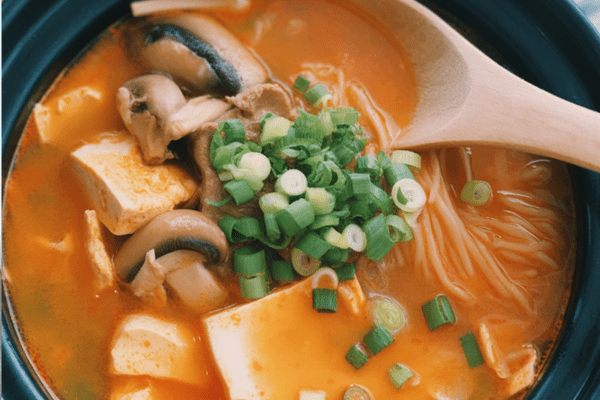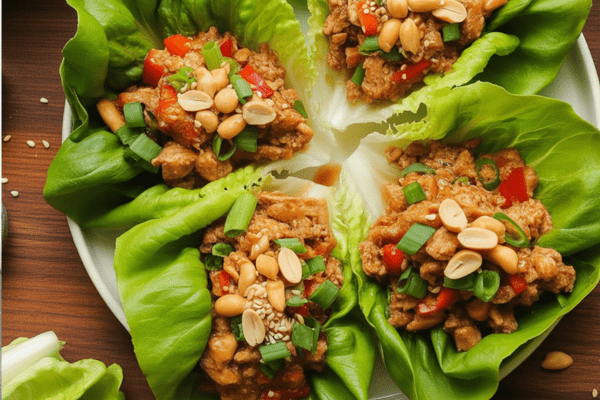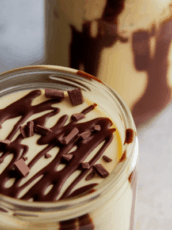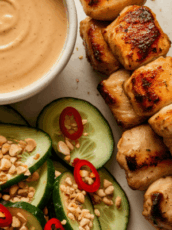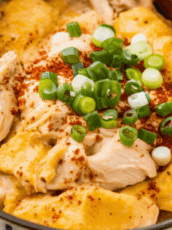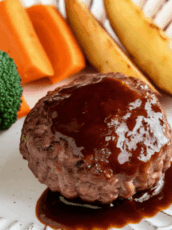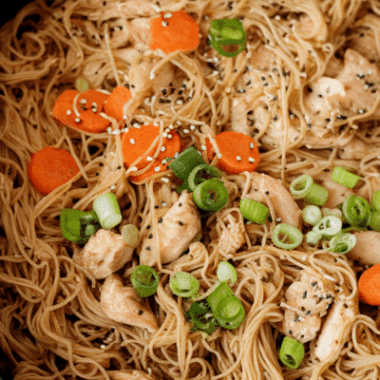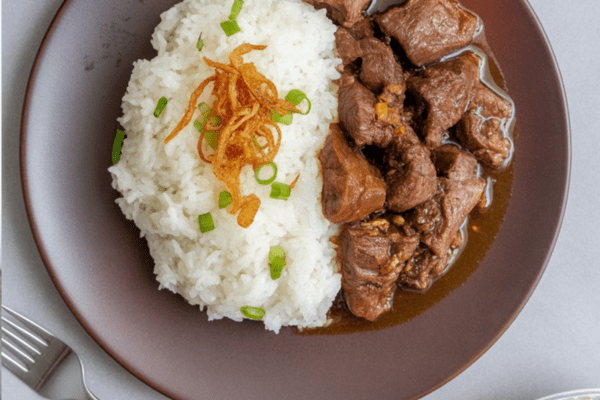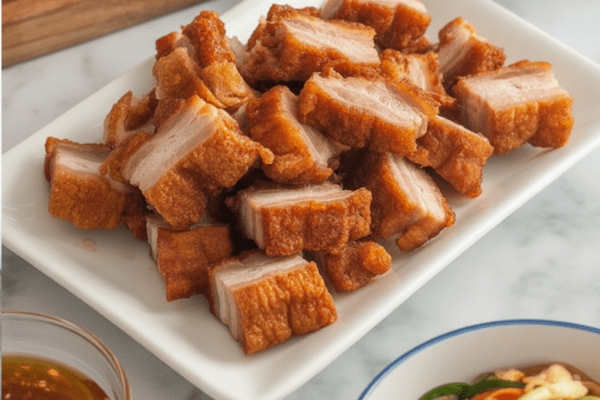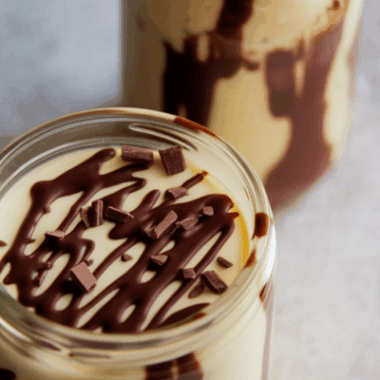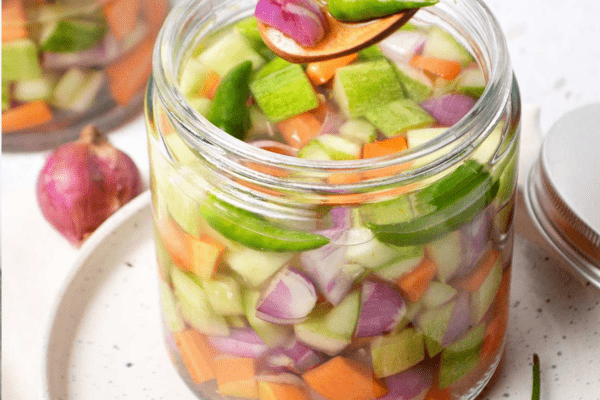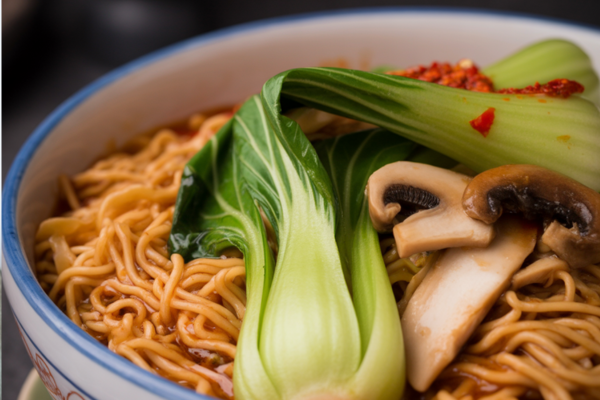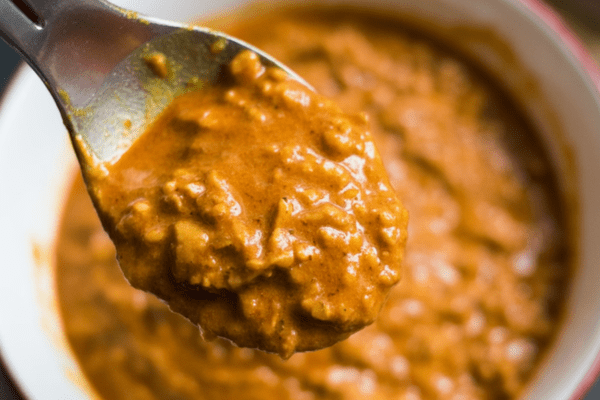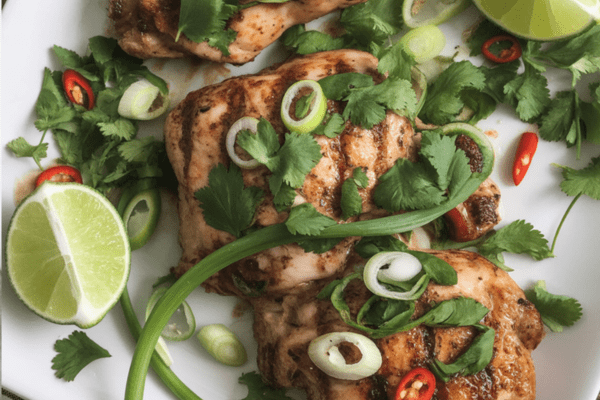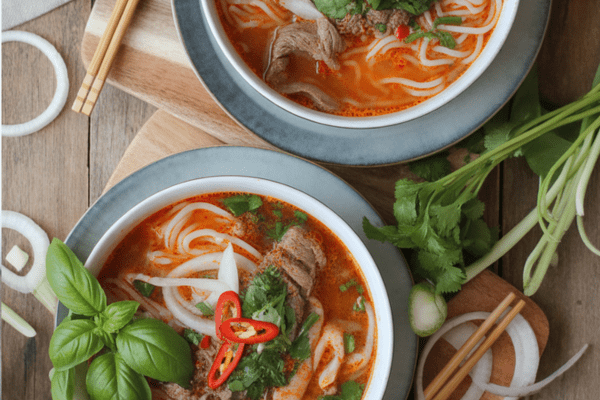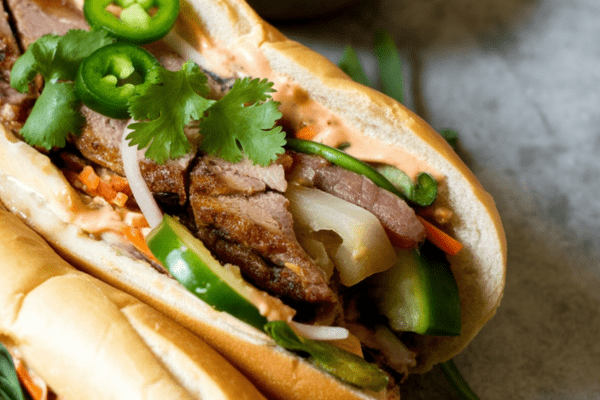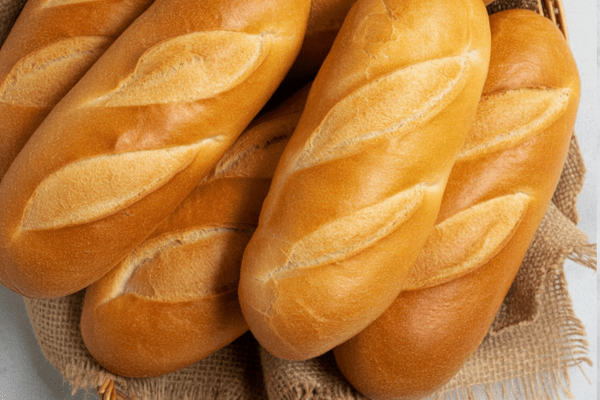If there’s one dish I find myself craving on rainy evenings or whenever I want a real comfort meal, it’s this coconut curry noodle soup that many know as Curry Laksa. It’s rich, spicy, fragrant with coconut milk, and brimming with toppings that make every bite exciting.
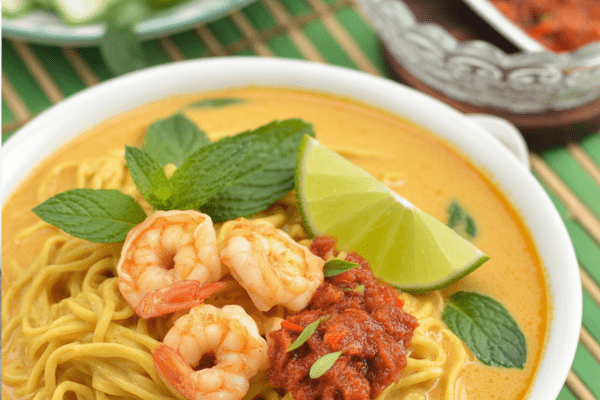
This version is inspired by the style you’d find in Malaysia’s Klang Valley, where the broth is fiery and lush. I make mine with curry powder straight from my pantry and add toppings that I have on hand. It’s not something fussy or formal—it’s the kind of dish that adapts to what you like and what’s available, which is exactly how I cook at home.
A Little About Laksa Variations
Laksa is one of those meals that feels different everywhere you eat it. Growing up, I loved reading about the regional differences—it felt like traveling by taste.
In the north of Malaysia, they call it curry mee. There the soup is often lighter in color but packs heat from added chili paste. Toppings can be pretty adventurous—think cockles or cuttlefish. I remember having a bowl once that had hard-boiled eggs and fried chili paste floating on top, staining the broth a bright red.
In places like Penang, you might see fried tofu puffs soaking up the broth, along with fish balls and blood cakes. It’s not everyone’s cup of tea, but the variety is incredible.
Central regions often go with milder flavors, adding fish cakes or stuffed vegetables (yong tau foo). It’s the kind of bowl you’d serve to someone who wants less heat but lots of savory goodness.
For me, though, the thick, fiery broth of the southern and Klang Valley style is my go-to. I love that coconut creaminess balanced with heat and acid, and the way fresh herbs finish it off so brightly.
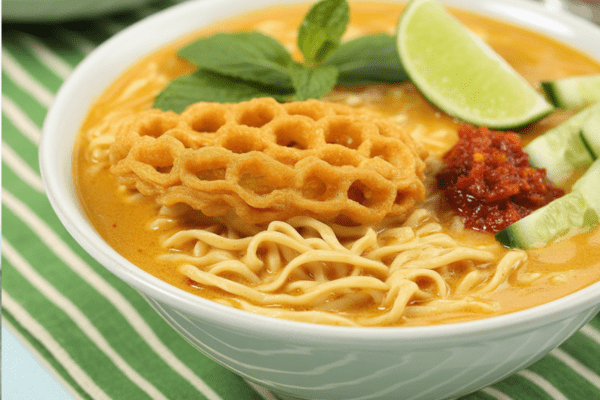
How I Make It at Home
This recipe is my personal approach, shaped by what I keep in my own kitchen. My mom always had curry powder on hand. Growing up, I remember the smell of her curry paste cooking in the pan, the spices blooming in the oil.
My grandmother used to grind her own spice pastes on a stone slab—she called it a batu giling. Watching her was like watching magic, but I’ll admit I never mastered that. I use a blender or store-bought curry powder these days. It’s simpler, and it still fills the house with that same incredible aroma.
Choosing the Noodles
When I can get fresh yellow noodles, that’s what I use. There’s something about that chewy, springy texture that soaks up the curry.
But living away from the big city markets, I often rely on dried yellow noodles or rice vermicelli (beehoon). I actually love the way beehoon slurps up the broth, turning soft and full of curry flavor.
Sometimes I’ll mix both types in the same bowl. It feels a bit special, like you’re treating yourself. Even instant egg noodles will work if that’s what you have—I’ve done it plenty of times on busy weeknights.
My Usual Toppings
This is where it gets fun and personal.
In my house, I always try to have a good mix of textures. Fried tofu puffs are amazing—they soak up the broth like little sponges. Bean sprouts add crunch and freshness.
I often poach some shrimp right in the soup, letting them cook in the broth so they take on the flavor. Shredded chicken is another go-to—it’s easy if you have leftover roast or poached chicken in the fridge.
Fresh herbs are the finishing touch. Mint leaves or even coriander if I have it. And a squeeze of lime or calamansi wakes everything up beautifully.
Growing up, cockles were standard, but they’re hard to find these days. I don’t mind—the dish is flexible. Use what you love, skip what you don’t.
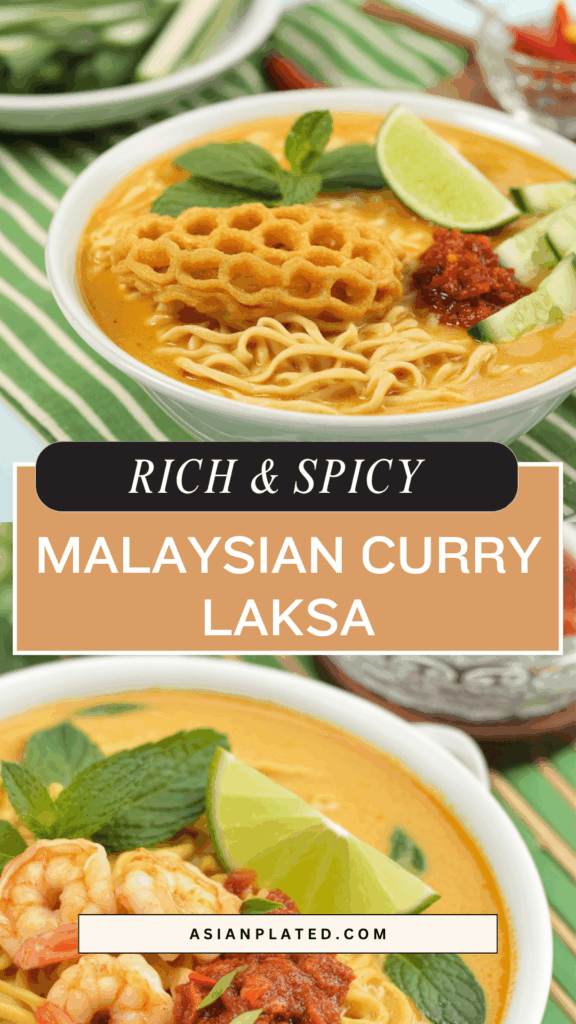
Tips for Building Flavor
Bloom Your Spices
Don’t rush the curry powder. I always cook it in oil to bring out the fragrance before adding coconut milk or stock. It’s the difference between a flat broth and one that’s deep and layered.
Use Good Coconut Milk
A rich, creamy coconut milk makes all the difference. I avoid the really thin, watery brands.
Balance is Key
I always taste and adjust. Maybe a bit more lime for brightness, more chili paste if I want a bigger kick. The best laksa hits spicy, creamy, sour, and salty notes all at once.
How I Serve It
I like to serve this in big bowls, piled high with noodles and toppings, with the steaming curry broth ladled over. It’s the sort of meal that makes you slow down and savor.
If we have friends over, I’ll set up the toppings buffet-style. Everyone can customize their bowl. It’s a great way to make it fun and interactive.
And leftovers? They’re amazing the next day. The flavors meld even more in the fridge. Just reheat gently so the coconut milk doesn’t split.
Storing Leftovers
If we have extra, I store the noodles and broth separately. Otherwise, the noodles soak up all the liquid and get soggy.
The broth keeps well in the fridge for a few days. I usually heat it on the stove, adding a splash of water if it’s too thick.
Common Questions
Can I use store-bought curry paste?
Absolutely. I’ve done this plenty of times when I don’t want to deal with measuring spices. Just cook it well in oil before adding liquids.
Is it very spicy?
It can be, but you control the heat. Add less chili paste if you want it milder.
Can I make it vegetarian?
Definitely. Skip the meat or seafood and load up on tofu puffs, vegetables, and mushrooms.
Do I have to use both noodles?
Not at all. Use whatever you have. Beehoon alone is lovely, yellow noodles alone are great too.
Malaysian Curry Laksa

If you're looking for a bowl of soul-soothing spice and creamy comfort, look no further than a warm serving of Curry Laksa.
Ingredients
For the soup:
- 80ml vegetable oil
- 2 bone-in chicken breasts, skin removed
- 3 pandan leaves, tied into knots
- 400ml coconut milk (1 can)
- 113g deep-fried tofu, sliced
- Salt, to taste
- 1.4 liters water
Noodles & Toppings:
- 340g bean sprouts, trimmed
- 225g shrimp, peeled and deveined
- 170g dried rice vermicelli (beehoon), soaked in warm water
- 225g fresh or dried yellow noodles
- ½ cucumber, julienned
- A handful of fresh mint leaves
- 1 lime, cut into wedges
- 4 to 6 tsp fried chili paste
For the spice paste:
- 5 shallots, peeled and halved
- 3 cloves garlic
- 3 dried chilies, soaked and seeds removed
- 1 stalk lemongrass (use only the bottom third, sliced)
- 1½-inch piece of ginger, sliced
- 50g curry powder
- 60ml water (for blending)
Instructions
- Make the spice paste: Blend shallots, garlic, soaked chilies, lemongrass, and ginger with ¼ cup of water until smooth. Stir in curry powder to form a thick paste.
- Cook the broth: In a large pot, heat the vegetable oil over medium heat. Sauté the spice paste until fragrant—this takes about 5 minutes. Nestle the chicken breasts into the paste and cook until no longer pink on the outside.
- Simmer: Pour in the water and toss in the knotted pandan leaves. Bring the pot to a boil, then cover and let it simmer gently for 20 minutes to develop flavor.
- Prepare the toppings: While the broth simmers, blanch the bean sprouts in a separate pot of boiling water for about 20 seconds. Remove and set aside. In the same pot, cook the soaked beehoon for 2 minutes, followed by the yellow noodles—2 to 3 minutes for fresh or 3 to 5 for dried. Drain and set aside.
- Finish the broth: Once the chicken is tender, remove it and let it cool slightly before shredding the meat. Discard the bones. Using a metal strainer, lower the shrimp into the curry broth and poach for 3 to 4 minutes until they curl and turn pink. Remove and set aside.
- Add richness: Pour the coconut milk into the pot, add the tofu, and season with salt. Bring to a gentle boil to heat through, then turn off the heat.
- Assemble the bowls: Layer cooked noodles and beehoon in bowls. Top with blanched sprouts, shredded chicken, and shrimp. Ladle the hot curry soup over everything, making sure each bowl gets some tofu pieces.
- Garnish & serve: Finish with fresh cucumber, mint leaves, and a wedge of lime. A spoonful of fried chili paste on the side brings the heat up a notch—optional but highly recommended!
Nutrition Information:
Yield: 6 Serving Size: 1Amount Per Serving: Calories: 596Total Fat: 34gSaturated Fat: 16gTrans Fat: 0gUnsaturated Fat: 16gCholesterol: 113mgSodium: 680mgCarbohydrates: 46gFiber: 9gSugar: 9gProtein: 33g
Asianplated.com, occasionally offers nutritional information for recipes contained on this site. This information is provided as a courtesy and is an estimate only. This information comes from online calculators. Although allchickenrecipes.com attempts to provide accurate nutritional information, these figures are only estimates.
Curry Laksa is one of those dishes that feels like home to me—warm, a little messy, always full of personality. I hope you try this version and make it your own.
Try other Malaysian recipes:

